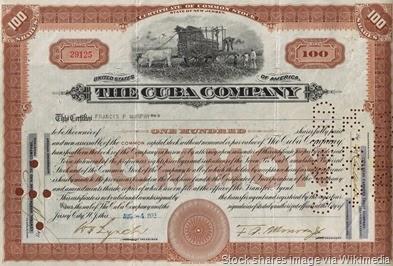 When an entrepreneur first incorporates his or her business, he or she may find him or herself the proud owner of 10 million shares of common stock, commonly called founder’s shares. It’s disconcerting for most to realize that these shares are initially worth nothing, and the challenge is to get that value up as quickly as possible, without losing it just as quickly to investors, lazy partners and taxation.
When an entrepreneur first incorporates his or her business, he or she may find him or herself the proud owner of 10 million shares of common stock, commonly called founder’s shares. It’s disconcerting for most to realize that these shares are initially worth nothing, and the challenge is to get that value up as quickly as possible, without losing it just as quickly to investors, lazy partners and taxation.
This is where things get technical, but the principles are really quite simple. Every entrepreneur needs to understand the following basics, to be addressed at company formation, as they engage a qualified attorney to draw up the paperwork:
-
Allocate founder’s stock commensurate with commitment. Even though initial stock has no value or market, it is extremely valuable in dividing entity ownership between multiple co-founders, commensurate with their investment, contribution and role. Startup owners need to assume a three to five year wait for a liquidity event, such as acquisition or going public, before they can cash out. At that time the original split makes all the difference.
-
Make sure the government waits for a stock sale to collect taxes. In the U.S., every entrepreneur should incorporate early and file an 83(b) election with the IRS within 30 days of founding the company. Failing to file, or waiting to incorporate until a first investor arrives, is a common mistake, and will lead to a nasty tax bill when you can least afford it.
-
Spread stock issuance over an earning period. This is the purpose of a vesting schedule, which issues allocated stock over time. Typically, vesting in startups occurs monthly over four years, starting with the first 25 percent of shares vesting only after an owner has remained active for at least 12 months (one year cliff). Key founder vesting should have no cliff.
-
Retain the right to reclaim stock from anyone leaving the startup. To retain control, the original founder must reserve the right of first refusal to buy shares back at cost from a partner who decides to leave early or stop working. Otherwise, people with no ongoing effort (“free riders”) will own the value growth that you are adding after their departure.
-
Minimize your own loss of ownership as major investors contribute. This is called stock dilution control. While new equity owners always have to get it from someone, actual re-allocation of existing shares should be based on a formula to maximize the value of your remaining founder shares.
-
Accelerate your own vesting if pushed out or the startup is acquired. Don’t lose the value of stock not yet vested if your startup is bought out before the normal vesting schedule comes to a close. If new investors want to replace you as the founder early, make sure this action triggers an accelerated vesting clause as well.
-
Facilitate an upgrade of founder’s common to founder’s preferred. Investors typically demand preferred stock to give them more control and first payouts, but these advantages can be at least partially offset (up to 20 percent) if you plan ahead. The acceptance of this option is now common, even though introduced only a few years ago.
-
Limit board seats and manage member selection criteria. More board members is usually not better for the startup. Target no more than five members, with at least two being founders. This allows the entrepreneur more influence in controlling dilution of his or her shares, investment terms and acquisition decisions.
Every entrepreneur has heard the stories of a startup selling for millions of dollars or going public with the founder being squeezed out of all the gains. This situation only can be prevented by incorporating early, avoiding negative tax situations and managing your shares like gold. Founder’s shares are just paper when you get them, and it’s up to you to turn them into a gold mine.

